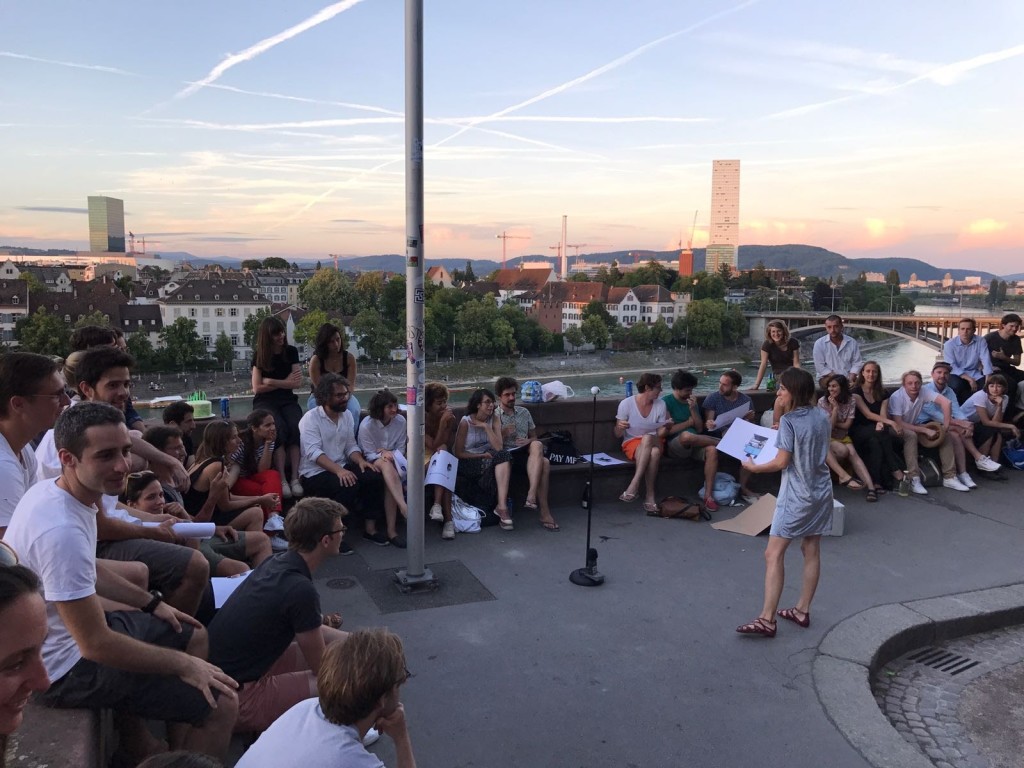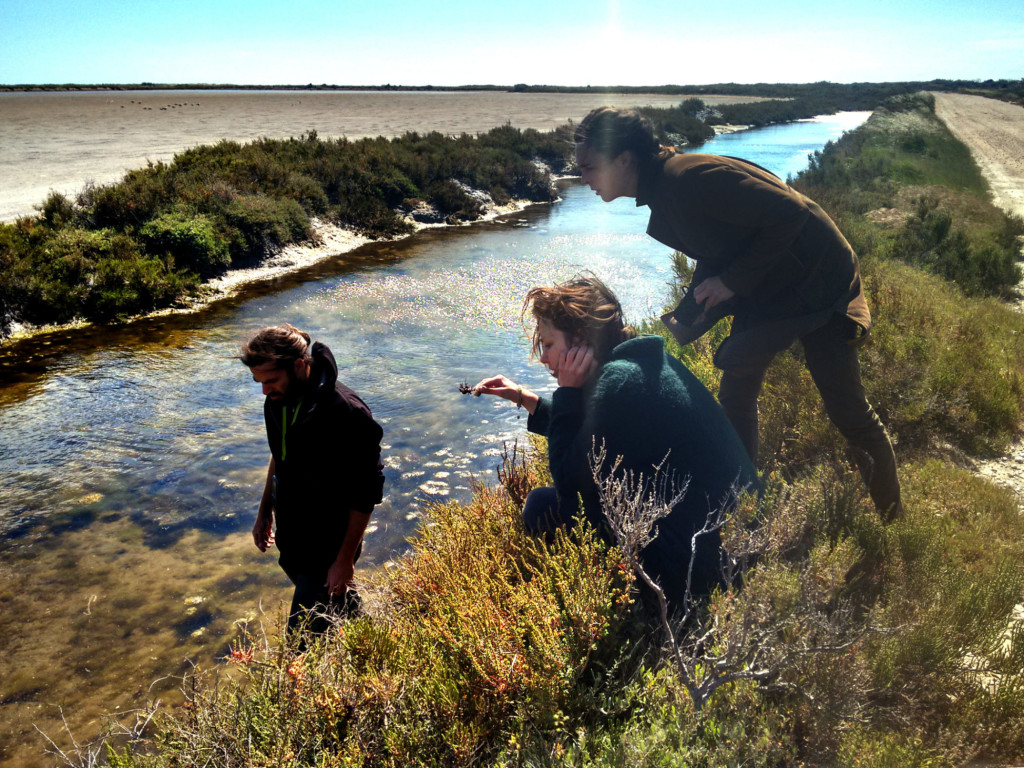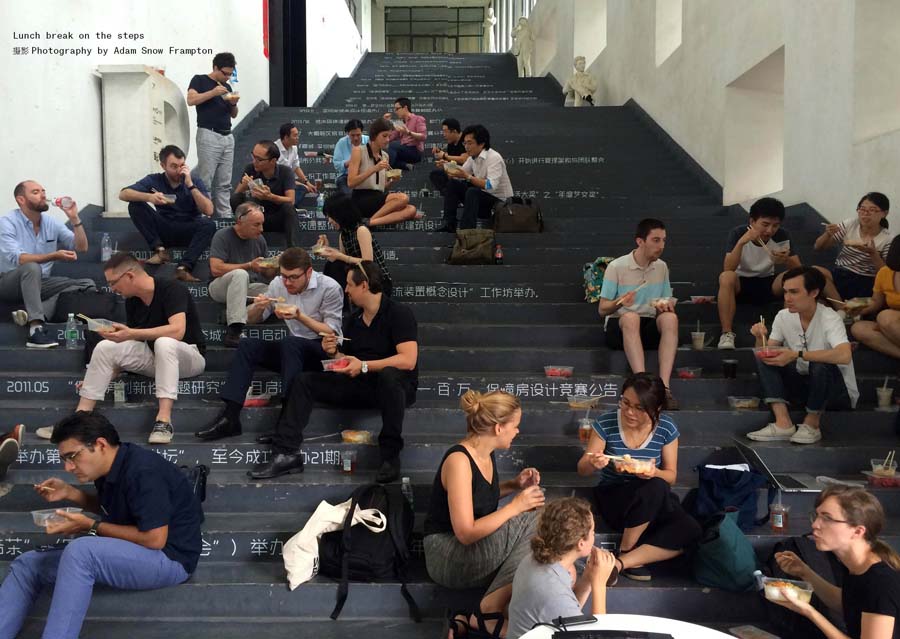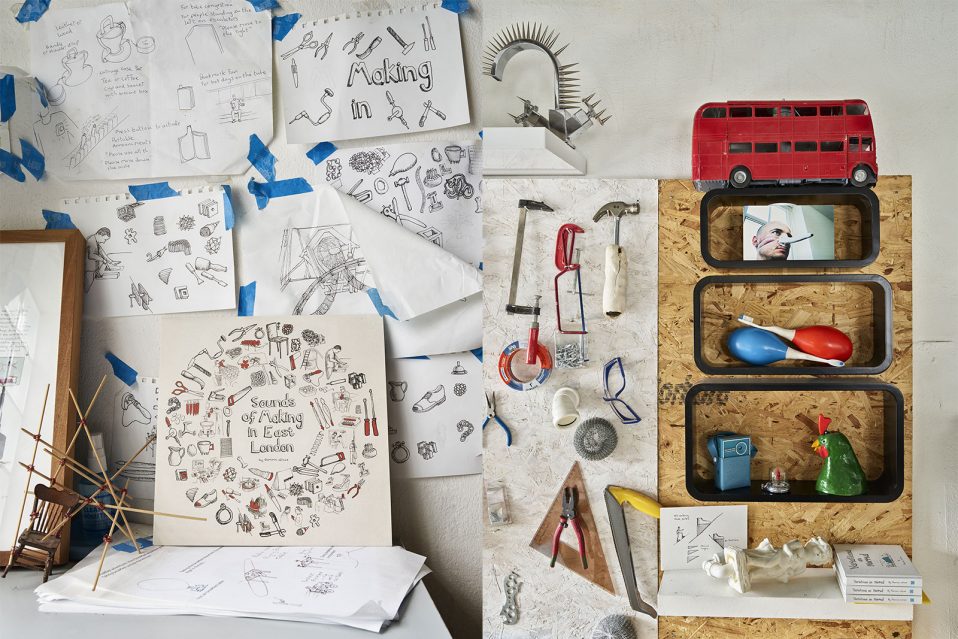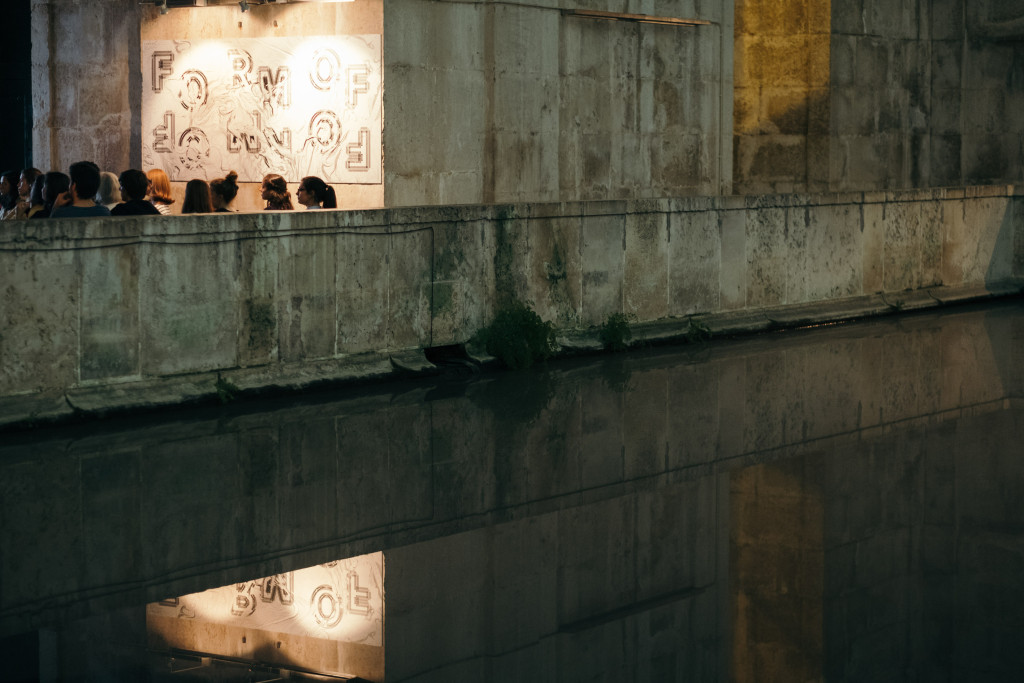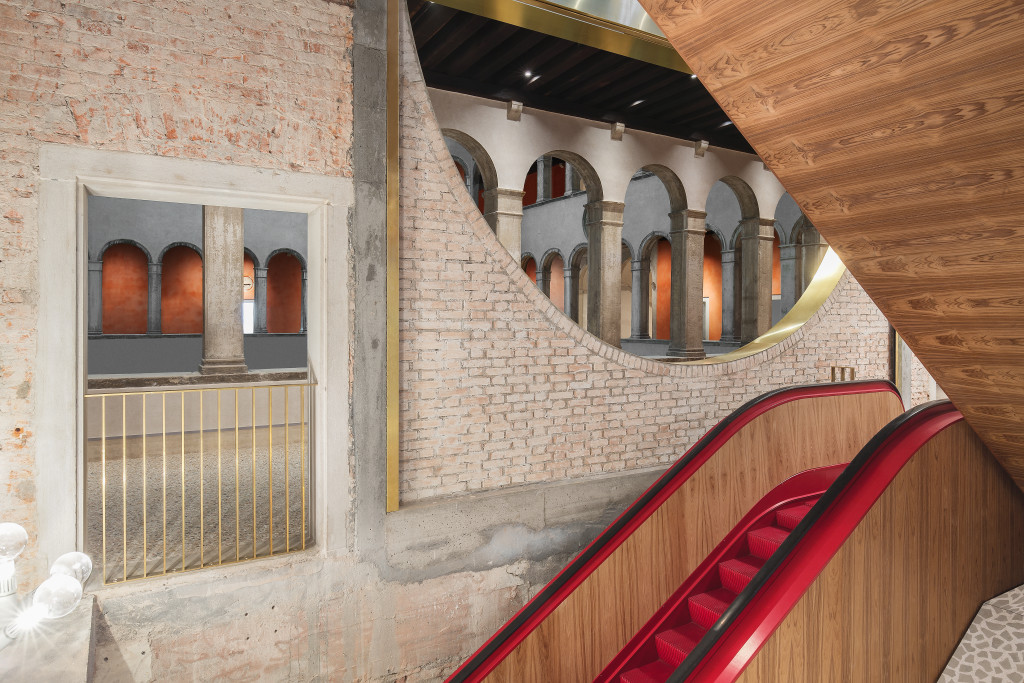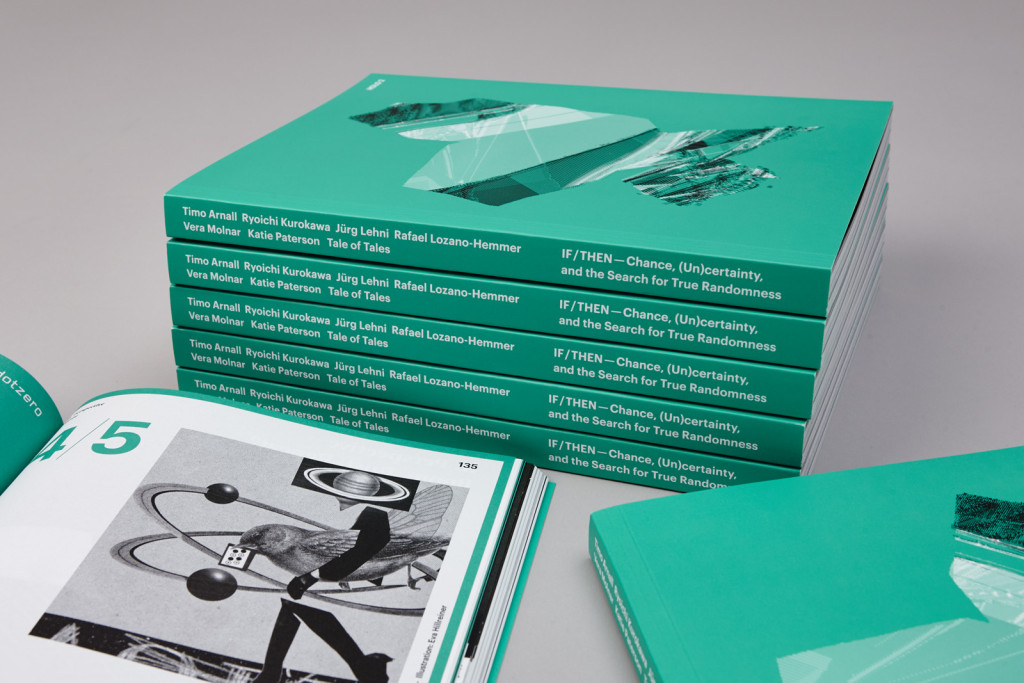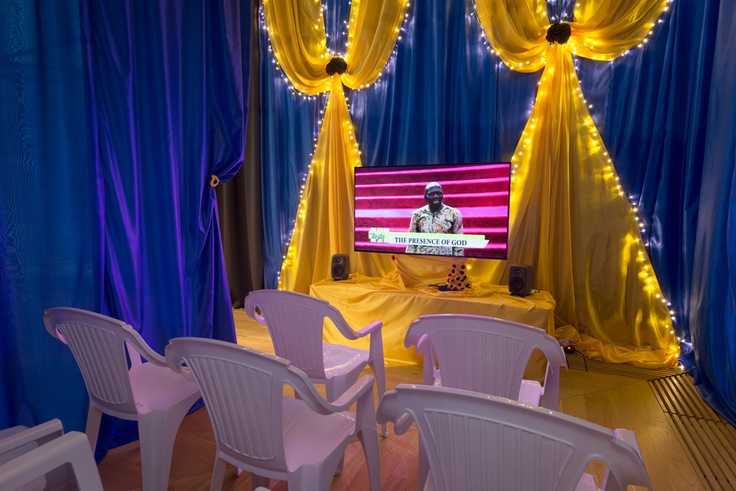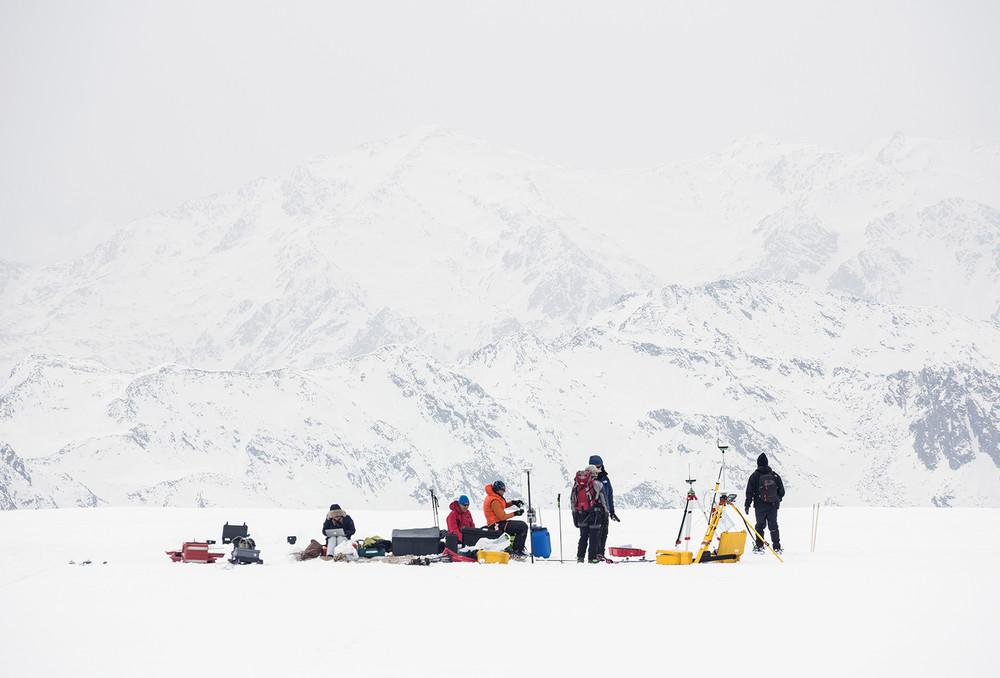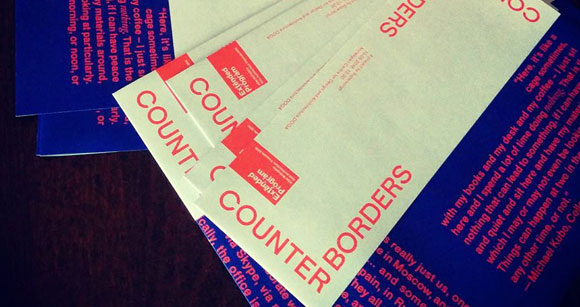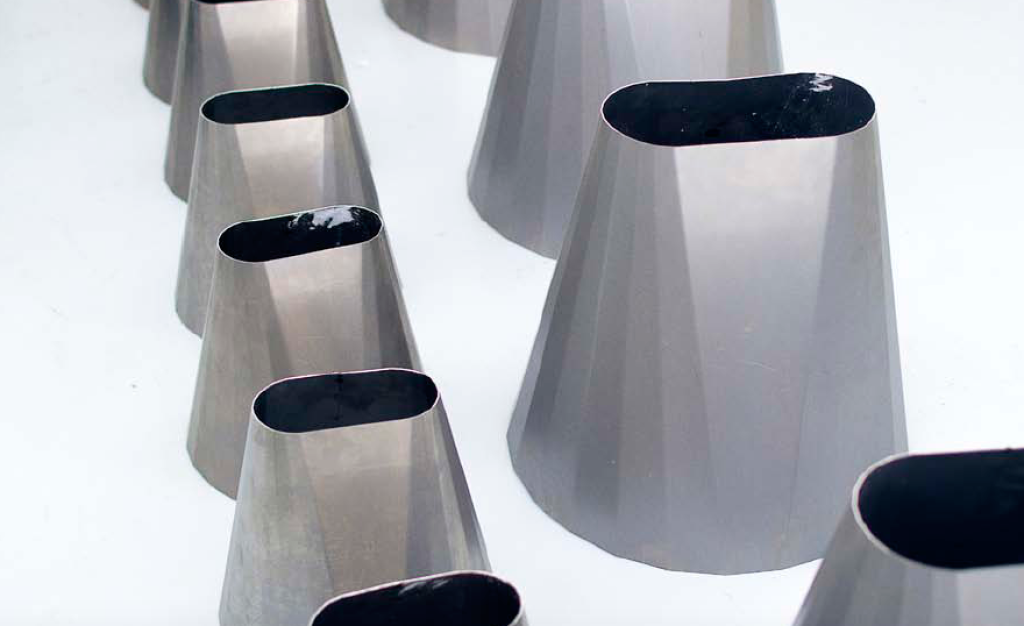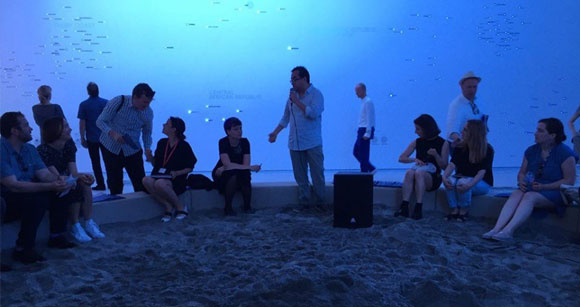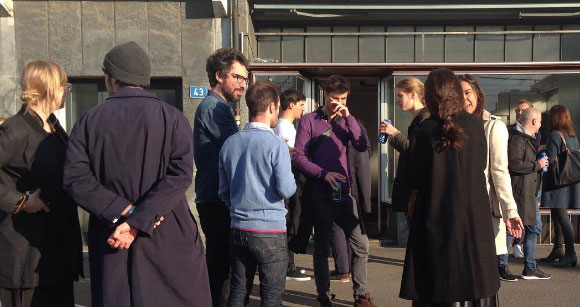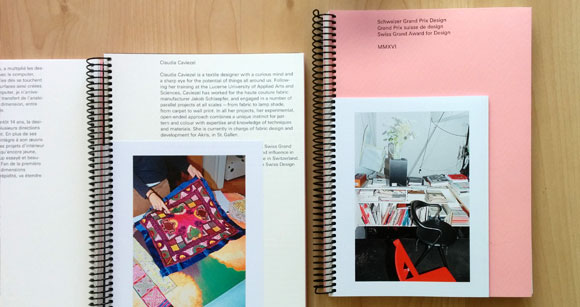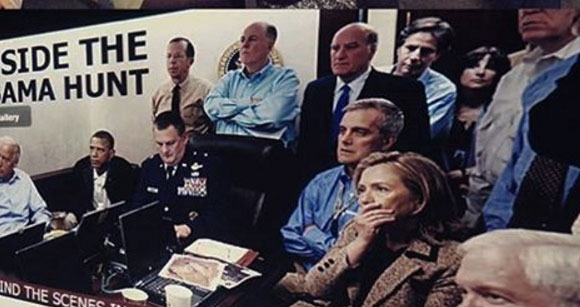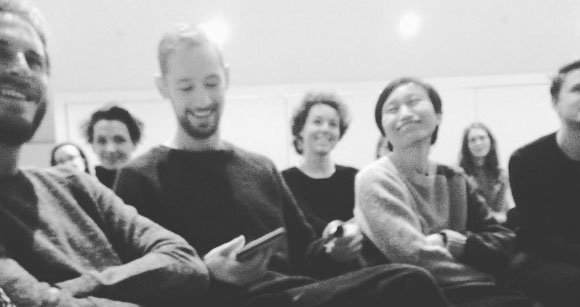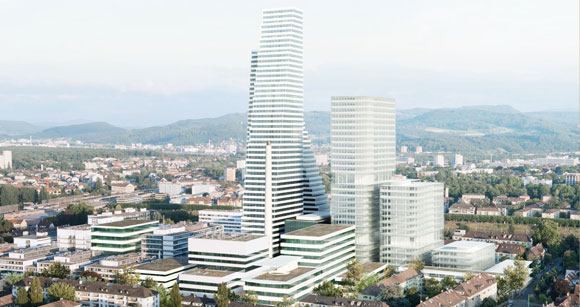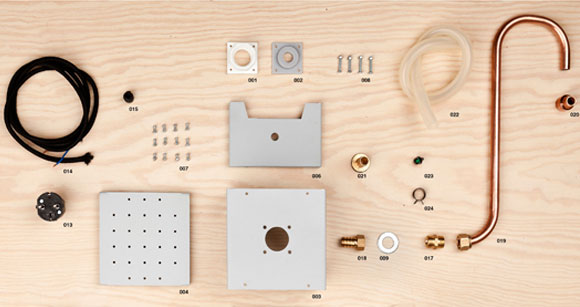
The #SociableMuseum panel at MuseumNext Geneva, April 2015
As part of Superscript, I had the opportunity to co-moderate the #SociableMuseum panel at the European Museum Conference MuseumNext in Geneva, Switzerland. In the midst of one of the most significant gatherings of museum professionals in the world, the panel reunited Alin Tomacov, experience designer and associate partner at C & G Partners in New York, Seb Chan, Director of Digital and Emerging Media at the Cooper Hewitt in New York, and Viviane Stappmanns, Head of Communications at the Vitra Design Museum in Weil am Rhein, Germany, to talk about how can museums go from being “social” to becoming “sociable”.
Drawing from extensive research by Superscript co-founders Molly Heintz and Avinash Rajagopal, the panel advocated that while many museums today consciously use technology to become more social and open to the communities around them, there is a need for a further step, where these institutions become sociable — willing to actively engage with other people — creating conversations that forge true connections with their audiences. It was a pleasure to listen to such meaningful insights as the discussion unfolded: the panel (as it was recorded by Twitter users) can be seen here.
